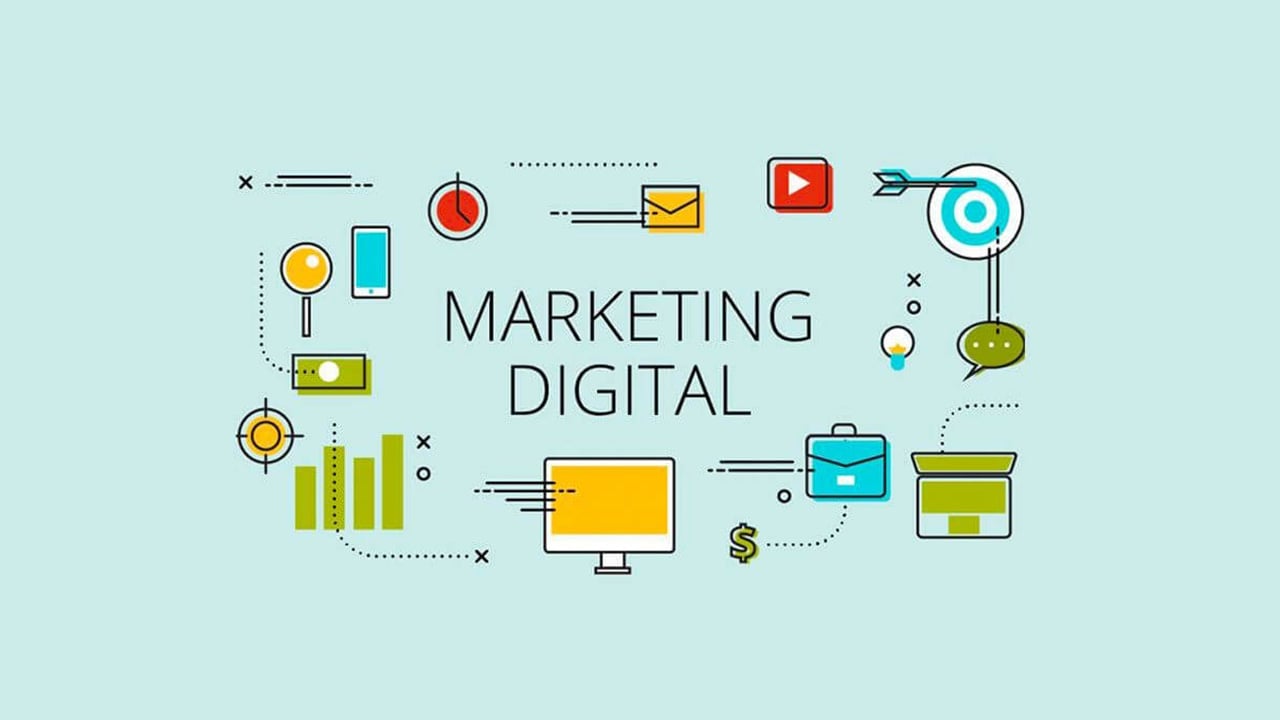The Evolution and Impact of Digital Marketing: Navigating the Digital Landscape

digital marketing. where every click, swipe, and scroll contributes to the vast landscape of the online world, businesses are finding themselves at a crossroads of opportunities and challenges. Enter digital marketing – a strategic compass that guides brands through the intricate web of the digital realm. This article delves into the essence of digital marketing, its core components, and how it has revolutionized the way businesses connect with their audiences.
Evolution of Digital Marketing: From Web 1.0 to Web 3.0
The journey of digital marketing began with the inception of the World Wide Web, commonly referred to as Web 1.0. During this phase, websites acted as static brochures with minimal interactivity. Early digital marketing efforts included simple banner ads and email campaigns. However, as technology advanced, so did digital marketing techniques.
The rise of Web 2.0 ushered in a new era of user-generated content and social media platforms. Marketers capitalized on this shift by engaging with customers directly through social media marketing, influencer collaborations, and content creation. Web 3.0, often referred to as the semantic web, promises an even more personalized and interconnected online experience, giving rise to AI-driven marketing strategies and immersive experiences like virtual reality campaigns.
-
Strategies in the Digital Marketing Toolbox
Digital marketing encompasses a wide range of strategies, each catering to different aspects of the online consumer journey. Some of the key strategies include:
-
Search Engine Optimization (SEO): Enhancing a website’s visibility on search engines through the strategic use of keywords, content optimization, and link-building.
-
Content Marketing: Creating and distributing valuable and relevant content to attract and engage a target audience, ultimately driving profitable customer actions.
-
Social Media Marketing: Leveraging social platforms to build brand awareness, engage with customers, and drive traffic to websites.
-
Pay-Per-Click Advertising (PPC): Placing targeted ads on search engines and social media platforms, paying only when users click on the ad.
-
Email Marketing: Sending personalized emails to subscribers, promoting products, sharing news, and nurturing customer relationships.
-
Influencer Marketing: Collaborating with individuals who have a substantial online following to promote products or services.
-
Video Marketing: Creating and sharing video content to engage audiences and convey messages effectively.
-
Data Analytics and Marketing Automation: Utilizing data-driven insights to refine marketing strategies and employing automation tools to streamline repetitive tasks.
-

Impact on Business and Consumer Behavior
The rise of digital marketing has had a profound impact on both businesses and consumers. For businesses, digital marketing offers a cost-effective way to reach a global audience, allowing even small businesses to compete on a larger scale. It enables precise targeting, measurable results, and the ability to adapt campaigns in real-time based on data analysis.
On the consumer side, digital marketing has empowered individuals to make informed purchasing decisions. With access to product information, reviews, and comparisons, consumers can now research products thoroughly before making a purchase. Social media also enables customers to engage directly with brands, providing feedback and influencing brand perception.
Challenges and Future Trends
While digital marketing offers a plethora of opportunities, it also comes with challenges. The digital landscape is saturated with content, making it difficult to stand out. Additionally, privacy concerns and the need for transparent data usage have led to stricter regulations, such as the General Data Protection Regulation (GDPR) and the California Consumer Privacy Act (CCPA).
Looking ahead, the future of digital marketing is likely to be shaped by AI and machine learning, enabling hyper-personalization and predictive analytics. Video content will continue to gain prominence, and the integration of augmented reality (AR) and virtual reality (VR) could redefine customer engagement.
